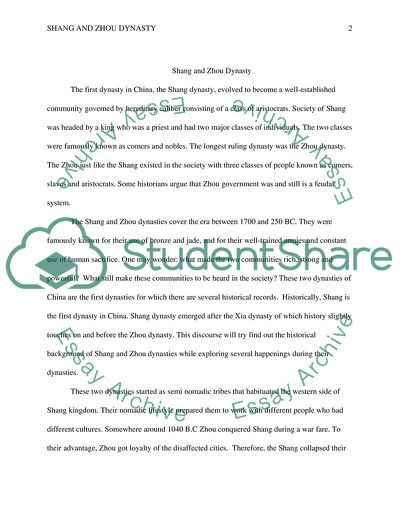Cite this document
(“Compare and Contrast the Shang and Zhou Dynasty Research Paper”, n.d.)
Retrieved from https://studentshare.org/history/1640085-compare-and-contrast-the-shang-and-zhou-dynasty
Retrieved from https://studentshare.org/history/1640085-compare-and-contrast-the-shang-and-zhou-dynasty
(Compare and Contrast the Shang and Zhou Dynasty Research Paper)
https://studentshare.org/history/1640085-compare-and-contrast-the-shang-and-zhou-dynasty.
https://studentshare.org/history/1640085-compare-and-contrast-the-shang-and-zhou-dynasty.
“Compare and Contrast the Shang and Zhou Dynasty Research Paper”, n.d. https://studentshare.org/history/1640085-compare-and-contrast-the-shang-and-zhou-dynasty.


